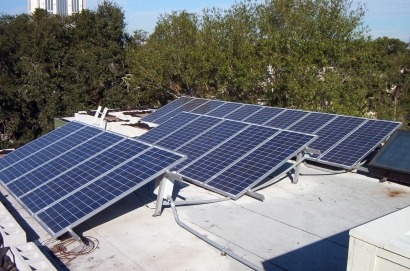
It’s been three months since the publication of the government’s Energy Bill and yet investors remain unconvinced, according to Ernst & Young’s quarterly global Renewable Energy Country Attractiveness Indices (CAI) published this week.
The indices score country’s according to the attractiveness to investors of their renewable energy markets, energy infrastructure and suitability for individual technologies. During Q4 2012 China remained at the top of the All Renewables Index (ARI) while Japan moved up one place because of its current support for renewables putting the country one place behind the UK and ahead of Canada.
“A series of delays, some very public political squabbling and the over-hyped ‘once in a generation chance’ to reform the UK’s energy market has failed to meet the sector’s expectations” said Ben Warren, Ernst & Young’s Environmental Finance Leader. “Although the bill is still welcomed, it is now seen as a framework with long term commitments, rather than a transformative piece of legislation.”
Mr Warren added that the risk of voter backlash has forced the government to be candid about hiking the annual cost of renewable energy investment that comes through from customer energy bills, something that is to be applauded. Nevertheless, the government will have to be careful to ensure that rising energy bills do not pose a threat to consumer support for renewables, given the sector’s critical role in ensuring the country’s future energy supply and preventing a fall into an ‘energy dark age’ as predicted recently by Ofgem.
“The main source of disappointment for investors was confirmation that a decarbonisation target will not be set until 2016” Mr Warren continued. “This delay casts doubt over the UK commitment to cut carbon emissions 50% by 2027 and left investors with a sense of uncertainty. In addition the Chancellors planned tax breaks for shale gas exploitation and his new Gas Strategy have caused widespread concern. While the promise of low cost gas cannot be ignored, environmental groups and businesses are sceptical that a gas boom similar to the one witnessed in the US can be replicated in the UK. Instead the technology should be used as an interim measure to sustain energy supply levels while the cost of renewables continues to fall.”
In addition, the failure to publish details of the 2013-18 guaranteed Contracts For Difference (CFD) strike prices for each technology until later in the year has left investors developers frustrated and dampened investor enthusiasm.
There has, however, been clearer signs of support for solar with the Department of Energy & Climate Change (DECC) confirming that building mounted solar installations will receive 1.7 ROC’s/MWh from 1st April 2013 while ground arrays will receive 1.6 ROC’s/MWh, both higher than the 1.5 ROC’s/MWh that was originally proposed. DECC estimates that solar capacity in the UK could reach as much as 20GW by 2020 if technology costs continue to fall.
Further information:

